Shared posts
Just Toss Them
Nicholas.a.burgessMe too!
Quote of the Day?
Nicholas.a.burgessMostly sharing this for "welcomes gay"
"I have a PhD in Islamic studies from Oxford University, unlike my opponents who went to some donkey college in Pakistan or Saudi Arabia."
Taj Hargey, founder on Capetown's "Open Mosque", which welcomes gay and embraces women's equality, on his qualifications as a religious leader.
Fifty years of the MBTA: where is the vision?
Nicholas.a.burgessI'm sharing this.
Today is the fiftieth anniversary of the formation of the Massachusetts Bay Transportation Authority from the ashes of the Metropolitan Transit Authority, on August 3rd, 1964. The new authority was intended to unify mass transportation operations in the greater Boston area under one umbrella, a much larger scope than the old MTA. And in some aspects, it has been successful, or at least, impactful. The iconic Ⓣ logo, the famous color-coding of rapid transit lines, the death and rebirth of commuter rail, the consolidation of management, the expansion of the Red Line, the controversial Orange Line relocation, and many other things.
The long term vision for the MBTA is called the Program for Mass Transportation (and yes, there is a broken link on their website, and this is where it's supposed to go). If you look through the Progress document, you'll see that most of the accomplishments are things like replacing vehicles, doing maintenance on right-of-way, improving accessibility, etc. I do not want to disparage any of those activities: they are very important for the proper functioning of the system. But they are not the kind of accomplishments that are going to constitute a "visionary step forward" for transportation in the Boston region, as seen by ordinary users. Actually, most of what's listed under progress are fixes that should be taken as a matter-of-course: yes, stations should be accessible, vehicles should be in working order, and tracks in good repair. That goes without saying, really.
But what has actually been accomplished in terms of expanding the "good transit" system in the past fifty years? Much of what was done was proposed, in at least a similar form, on this 1945 map from the old Boston Elevated Railway:
 |
| West is up. Also see: Larger version. |
- The MBTA has been dragged, kicking and screaming, to build the Green Line extension to Somerville and Medford, and it seems to be finally happening, 70 years after it is proposed on the above map. One difference: a second branch will be included, to Union Square.
- The Orange Line was relocated, by the MBTA, to the Southwest corridor as part of the highway moratorium deal. I can hardly blame the Boston Elevated Railway company for not foreseeing the destruction of all elevated railways within Boston. But they did plan for a West Roxbury extension of the Orange Line, which the MBTA abandoned when blocked by NIMBYs, and is now sorely needed.
- The shown Reading extension of the Orange Line was planned and abandoned by the MBTA, leaving a vestige third track alongside portions of the Haymarket-North route.
- The Blue Line extension to Lynn, abandoned by the MTA in the 1950s due to lack of money, but not forgotten.
- A rapid transit expansion along the Framingham commuter rail tracks/I-90 right-of-way that passes through Brighton. A small portion of this is covered by the Orange Line today.
 |
| DMU proposal, MBTA 2024 (source) |
- Implementing energy efficiency policies: yay, but again, not visionary.
- Continuing to fix accessibility problems: necessary, and should go without saying.
- Bus Rapid Transit-like service on key bus routes: interesting, but they sink themselves by saying things like this, "a careful study of roadway geometry and traffic congestion is needed...," which makes it clear what the priorities are. Hint: cars are still considered more important than buses, in the eyes of the transit agency.
- Access to stations, which according to the MBTA, boils down to building more and more parking spaces. Sigh. That's how you end up with crazy stuff like this:
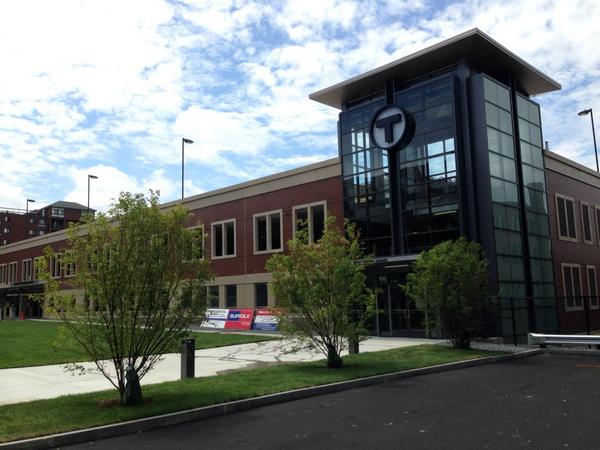 |
| In Beverly, a brand new $34 million palace for 500 cars: $68,000 per parking space. And the MBTA claims that they have no money. (pic source) |
The difference is simple: the MBTA primarily sees itself as a means for getting 9-to-5 commuters from parking lot to downtown office building. Their decisions make a lot more sense when viewed in that light. Of course, not everyone thinks like that, and there are good folks there trying really hard to make things better. But institutionally, the agency was born in 1964 and still thinks like it is 1964.
Going back to the big-ticket items listed in the PMT:
- The Red-Blue connection at Charles/MGH. An essential item if looming passenger capacity problems at Park Street are to be tackled. The Big Dig mitigation agreement required merely the design of the Red-Blue connection. Yet, the MBTA has now successfully dumped it. Even though doing the design would be cheaper than building the parking palaces on the North Shore.
- The Silver Line Phase III, which would unite the two halves of the Silver Line with a superstation underneath Boylston Station. SL-Waterfront is currently only connected to the Red Line at South Station. That was not intended to be the final state, and the line struggles as a result. Yet, Phase III was completely insane, and would have cost many billions of dollars to build, while digging up and throwing into disarray some of the most sensitive parts of historic Boston. As a result, it will never happen, and the Silver Line continues to look like one of the worst ideas in MBTA history (although it is an example of a non-BERy-planned expansion).
- The North/South Rail Link between North and South Stations. This was supposed to be part of the Big Dig and was deferred due to the collapse of that project's budget. If done correctly, the North/South Rail Link can be combined with a radical transformation of the commuter rail system to produce express rapid transit similar to the RER. That would be visionary and transformational to the region. Naturally, the MBTA has no interest in that, and may have actively sandbagged the proposal.
- Things like South Coast Rail, now costing $2.3 billion, to serve 4,500 people. You know how I feel about this one.
So that's where we stand with the MBTA's vision. Parking garages, dinky diesel powered traincars, insanely expensive commuter rail expansions, and a lot of pie-in-the-sky proposals. Mostly a collection of pet ideas and political footballs, really.
I think part of the problem is that the MBTA only sees itself as a transportation agency. It's a part of MassDOT now, which makes it part of a larger transportation agency. The same problems occur at the higher level too; we have seen, as MassDOT works on redesigning the Mass Pike through Allston, they insist on compartmentalizing themselves with the "we only build roads" attitude.
The transportation-only focus is broken: transportation and land use go together and must be considered together when making plans or changes. If I were to give a set of principles for the MBTA (and MassDOT) to use when considering their vision over the next fifty years, it might look something like this:
- What you build is what you get: “If you plan cities for cars and traffic, you get cars and traffic. If you plan for people and places, you get people and places.” -- Fred Kent
- Models are almost entirely useless, because the interaction between human beings and their built environment is too complex for us to reliably predict most things, especially decades in the future.
- Instead of trying to predict the future, focus on providing strong urban corridors that can adapt to any conditions. For the transportation side, that means safe, walkable, bikable streets with frequent, reliable, convenient and accessible transit service (of any mode). For the land use side, that means mixed, intense, diverse use that keeps the human scale in mind.
- To MassDOT: uphold the GreenDOT principles, the Mode Shift Goal, and the Healthy Transportation Compact.
- To MBTA: strengthen your frequent bus network through expansion and upgrades. Use "BRT" features on every bus route: off-board payment, all-door boarding, level-boarding, signal priority, bus lanes, etc. Stand up for your customers: don't be afraid to confront the automobile lobby when it's stealing resources away from bus riders. When designing and rebuilding suburban rapid transit and commuter rail stations, they should, as much as possible, be the core of a walkable town center -- not a parking lot desert.
- To MBTA commuter rail: it's time to stop operating like it's the 19th century. Start moving towards reliable frequency, all-day, supporting two-way travel wherever possible. Don't be just a parking lot shuttle, be a connection from the small, walkable town center to the larger region's opportunities.
- To urban/land use planners in the region: don't zone yourselves out. There's huge demand for nice places to live where it's not only safe to walk and bike, but also convenient and enjoyable. We used to build such places, until mid-century zoning made it illegal to do so, instead choosing to chase the impossible dream of automobile travel everywhere, all-the-time. Help build strong urban corridors through walkable neighbohoods, corridors that can be effectively served by transit, and work together with the MBTA to make it a reality.
But the idea was to create a vision of where the MBTA and the city could work together in creating strong urban corridors, mostly based on existing bus routes. If the MBTA published a vision in this mold and said that "by 2024, here's where we want you to be able to catch a bus or a train within 10 minutes of showing up," that would be exciting. And if the city came along with a similar plan that said, "here's where we're going to focus on bringing economic development, on increasing housing supply, on fostering diversity, on walking, biking and safer streets," and that plan largely concurred with the MBTA's plan, then that would be exciting. And perhaps, it would represent a realistic vision that regular residents and riders could appreciate.
Dark Secrets: The Stories of Rubberneck
Nicholas.a.burgessThere is a ton of footage of them recording "Rubberneck" in this video.
Director, Clark Vogeler’s Commentary:
In the discussions leading up to the 20th anniversary of my band’s first album, Rubberneck — an album that was recorded and released before I joined the band — it came to light that there existed eight hours of footage that our former bassist Lisa Umbarger had filmed while recording the album in 1993. I wanted to contribute something to the reissue and figured I could cut a five-minute video from the old tapes.
When I looked at them, I found that some great performances were captured and decided to do some interviews with the two remaining band members from that time and try to answer some of the questions that fans always seem to have about the songs from that album, such as: “What does this song mean? Is it about murder, rape, etc.?”
Previously, the band has maintained an ambiguous front regarding the meanings/inspirations of these songs. To paraphrase Vaden Todd Lewis, songwriter for the band: What people infer from these songs is often more interesting than what they actually mean, so let them think what they want. Hell, I didn’t even know what some of the songs were about, so I thought this would be a good opportunity to investigate what was going on in Vaden’s mind when he wrote them.
When I interviewed him for the documentary, he was incredibly forthcoming, and what I found surprised me. Of course there is religion, but there are also metaphysical themes, characters that carry through multiple songs, and I actually found out what “Possum Kingdom” is about — 16 years after I joined the band!
I think it’s fair to say that Rubberneck changed my life — not so much as a listener, though me and my bandmates in Funland at the time were briefly depressed when we heard how good the album was, but years later, when I was asked to join the band as guitar player. I had given up playing music when they brought me in, and due largely to the popularity of this album; I am still playing music with the band and have been able to perform in front of amazing rowdy crowds all over the country. Rubberneck and its success has afforded me countless great experiences in my, and I feel fortunate to give something back.
Share:
• Facebook • Twitter • Google Plus • Delicious • LinkedIn • Blogger • Pinterest • EmailGo, Look: More Wash-Technique Covers From DC Comics
Nicholas.a.burgessThese are cool looking
Rob Ford Exceeding Personal Best?
When you're the Mayor of the biggest city in Canada and you admit you smoked crack - or you think you smoked crack but you can't exactly remember since you were so hammered when you smoked it - it's really hard to top yourself. But Mayor Rob Ford of Toronto just keeps bringing it. New police reports of a St. Patrick's Day bash in 2012 includes hookers, vodka, oxy, cocaine and well ... just join me after the jump for more ...
Read More →John Brown
Nicholas.a.burgessSharing for the Graham wikipedia link
I enjoying reading 19th century history because the world was just so damned bizarre. And it wasn't that long ago--I think my great grandmother would have been alive in 1850, and that's not many generations removed from me.
I'm barely a third of the way through the book, but I've already run across two incredibly strange bits of history. The first:
In the early 1800s, roughly a third of Americans died before reaching adulthood. Early death was so common that parents recycled their children's names; the Browns, having lost a Sarah, Frederick, and Ellen, named three newborns Sarah, Frederick, and Ellen.
Think that's strange? Try this passage:
Smith profitably managed his family's estates while cycling through the many reform movements of the early 1800s, including temperance, women's rights, vegetarianism, and sexual "purity" (a creed advocated by Sylvester Graham, who claimed his coarse-grained crackers curbed lust and masturbation).
Wait--a guy named Graham, who had crackers?
So I looked up Sylvester Graham, and here's an excerpt from the Wikipedia entry:
Grahamites, as Graham's followers were called, accepted the teaching of their mentor with regard to all aspects of lifestyle. As such, they practiced abstinence from alcohol, frequent bathing, daily brushing of teeth, vegetarianism, and a generally sparse lifestyle. Graham also was an advocate of sexual abstinence, especially from masturbation, which he regarded as an evil that inevitably led to insanity. He felt that all excitement was unhealthful, and spices were among the prohibited ingredients in his diet. As a result his dietary recommendations were inevitably bland, which led to the Grahamites consuming large quantities of graham crackers, Graham's own invention.
If you're wondering, the original Graham crackers were apparently incredibly bland and nothing like the tasty bit of delicious we have today (the cinnamon version, in particular).
Here's two more strange and amusing excerpts.
First, this is an actual medical diagnose from 1860: "A scrofulous humour seated in her glands." I've never heard of the word "scrofulous" (a disease with glandular swellings) before, so I'm glad that's been remedied.
Next, a complaint (a very long story, but it involves a very obese person who was unproductive in their salesmanship task): "I spent so much money in transporting so much inert adipose matter."
For the World’s Fastest Gamers, Failure Is Just One Bad Jump Away
Remembering My Friend, Hiroshi Yamauchi
Nicholas.a.burgessNice stories
Help me publish an Open Letter in the WSJ calling out the most influential people in the world for their lack of #climate action. Check out this link to see our video, read the letter, and contribute to the campaign. Please like this photo to help get the
Nicholas.a.burgessDoes anyone follow me who doesn't also follow Mike? I doubt it!
enderisnotmyrealname posted a photo:
When Robert met Trent in NOLA
Nicholas.a.burgess"It ends up," Reznor says, "me and him, hugging on the dance floor. He's like, 'I love you, dude,' and I'm like, 'I love you too, man.'"
"Every city in America has at least one Gothic club. In New Orleans, it's the Blue Crystal. When a band like the Cure is in town, the Blue Crystal throws a party after the show. The club called Reznor, the closest thing they have to a local dignitary, to invite him to the Cure after-show party. Further conversation revealed that the only way the Cure would show is if Reznor is there, too. You can't hear it anywhere in Nine Inch Nails, but Reznor is a Cure fan from way back. He considers the Cure's The Head On The Door" one of the best records ever." His favorite description of himself: "Robert Smith with a head cold."
"I end up going to the club, and surprisingly, everyone from the Cure is there. And the bartender calls me over and says, 'Robert really wants to talk to you.'" Reznor smiles, makes a face that says: You mean I have to meet one of my teen idols in a goth club in Louisiana? Now? In front of all these people?
"It ends up," Reznor says, "me and him, hugging on the dance floor. He's like, 'I love you, dude,' and I'm like, 'I love you too, man.'" The Cure fans formed a loose circle around the pair while New Order's "Blue Monday" pumped out of the speakers. "It was the greatest scene," Reznor says.
"We were both fairly incoherent," he feels compelled to add."
So what will happen this time? Will the bromance continue? Do we even have a goth club now? I would have no idea. No, this time, since it will still be Halloween (sort of), Trent should take Robert to The House of Shock or The Mortuary. :)
Scientists discover another cause of bee deaths, and it's really bad news
 Scientists have delved deeper into the mystery of dying bees, and discovered that the cause of the problem is more pervasive than thought.
Scientists have delved deeper into the mystery of dying bees, and discovered that the cause of the problem is more pervasive than thought.
Truly Incredible
Nicholas.a.burgessMike, I think you will enjoy these.
These are some of the most incredible pictures I've seen in some time. The New York City transit department is building an entirely new subway system on the east side of Manhattan. These are pictures of the tunnels and caverns they're currently building right into the bedrock. Again, not terribly surprising. I know they don't build these things in the top soil. But when you actually see them they look more like the lunar excavations from 2001. Just give these a look. They're amazing.
Stroll Around the Grounds Until You Feel at Home, Part One
Nicholas.a.burgessI always like this guy's obsessive posts about the Haunted Mansion.
I've got about eight separate and yet loosely-related mini-topics that I'm going to present in a couple of posts. I suppose they're analogous to Disney "package" films, more like, say, The Three Caballeros than Pinocchio. The collections are not random: all of these topics have to do with things seen in the front yard of the Disneyland Mansion. Today there are three mini-posts, and the common theme among them is color.
Oooooooo Color -r-r-r-r
The Imagineers who built Disneyland came out of the animation studios, and that means they were sensitive colorists, among other things. People who admire the end product have noted again and again how subtle and suitable is the use of color throughout the park. It's all quite deliberate and meticulously maintained (for the most part). (Hit that button again, would you? Thanks.) The last time I was at Disneyland I noticed for the first time that the stone "blocks" of Sleeping Beauty castle come in six different colors. When you look at older photos, you find that they've been multicolored like that for a long time, maybe from the beginning. Some of the variations are so subtle that it's hard to pick up on them with the camera. Why so many? especially since some are so similar? Because it looks right. (Hit it one more time? Thanks, you're awesome.)
What Hench does not mention is that a radically different color scheme for the Mansion exterior was being contemplated practically from the moment it was first built. You never hear about it, and were it not for the fact that a mysterious and unique document from those days survived and surfaced, it truly would be long forgotten.
That the house would be white (or off-white) seems clear enough from Sam McKim's iconic concept painting in 1958, which you will recall was a paint-over of a Ken Anderson sketch which was based in turn on the Shipley-Lydecker house in Baltimore.
years, so public expectations about the house, long before it was even built, were that it would be a white building.
months after the last major landscaping around the brand-new building had been completed.
grand scheme of things does this oft-published artifact belong? It's a 1962 or 63 color guide for the Haunted Mansion.
and puzzle over it today; we've got two more mini-topics to cover. Mustn't dawdle. Scroll on, scroll on.
Garden Variety Imagineering
Applied color theory doesn't end with the building itself. Let's turn around and look at the front yard. What a pleasant place it is! Other, newer rides may have more exciting and entertaining queues (Star Tours, Indiana Jones, Tower of Terror), but for my money the Anaheim Mansion still takes the prize for most beautiful queue.
P.S. Lonesome Ghost points out that I've overlooked an obvious example of the green-purple palate at the Mansions: The Butler's uniform.
Plaque Build-up
them when they were like that, and there are enough photos around to give you an idea of how impressive they were.
Just Wow
There's a massive (70 meters wide), man-made circular structure, between 2,000 and 12,000 years old, at the bottom of the Sea of Galilee . And nautical archeologists are trying to raise the hundreds of thousands of dollars it will take to go down and find out what it is.
The METALLICA THROUGH THE NEVER Teaser!
Nicholas.a.burgessMike, you should take a look at this.

Nordling here.
Okay, I've watched this thing about three times now and I still have no idea what's going on. Apparently Metallica's music brings about the apocalypse, or something, and somehow CHRONICLE's Dane DeHaan is a Metallica fan who is witness to it all. The synopsis doesn't help much:
METALLICA THROUGH THE NEVER
Written and Directed by NimródAntal
Award-winning filmmaker Nimród Antal (Predators, Kontroll) creates a groundbreaking 3-D motion picture event, Metallica Through the Never. The music-driven feature film combines a bold narrative and spectacular live-performance footage of one of the most popular and influential rock bands in history to produce a bracing, raw and visceral cinematic experience. Emerging young star Dane DeHaan (The Place Beyond thePines, Kill Your Darlings, The Amazing Spider-Man 2) portrays Trip, a young roadie sent on an urgent mission during Metallica’s roaring live set in front of a sold-out arena.
As the band performs its most iconic songs for thousands of their fans in a never-before-seen performance created exclusively for the film, Trip is dispatched outside the arena to meet a disabled delivery truck and recover a mysterious item being transported to the show. But the seemingly simple assignment turns into a surreal adventure when his car is hit by an out-of-control driver. Trip, dazed and bruised, climbs out of his van only to find himself pitched in the middle of a tense standoff between angry protesters and charging riot police. In the ensuing mayhem, a vicious masked horseman sets his murderous eye on Trip while delivering indiscriminate deathblows to rioters and cops alike. Fleeing through the desolate, post-apocalyptic urban streetscape, Trip has only his wits to protect him as he attempts to deliver the band’s precious cargo and avoid becoming the horseman’s next victim.
Featuring dazzling pyrotechnics, the most elaborate live-performance stage ever built and imagery drawn from the band’s trailblazing iconography, the immersive 360-degree show creates a mind-bending, ear-shattering mirror image of the destruction and chaos of Trip’s journey. Metallica Through the Never’s state-of-the-art 3-D photography, captured using up to 24 cameras simultaneously, engulfs audiences in one of the most innovative andexciting cinematic experiences ever imagined.
Metallica is James Hetfield (vocals, guitar), Lars Ulrich (drums), Kirk Hammett (guitar, background vocals) and Robert Trujillo (bass, background vocals). The band has sold over 105 million albums worldwide and was one of the top ten grossing touring act of 2012, generating $86.1 million in ticket sales from just 30 shows.
Metallica Through The Never is written and directed by Nimród Antal and produced by Charlotte Huggins (Journey to the Center of the Earth). Credits are not final. The film will be released by Picturehouse in North America on September 27, 2013, exclusively in over 300 IMAX® 3D Theatres, and will expand into additional theaters on October 4, 2013.
Even after all the Napster bullshit, I still dig Metallica. DEATH MAGNETIC is one badass album. (The less said about ST. ANGER the better.) Here's the teaser, courtesy of Yahoo!
I freely admit I'll happily see this in IMAX 3D. The guys may be getting older, but so am I. METALLICA THROUGH THE NEVER smashes theaters in September.
Nordling, out.
Roger visits the Ferrari Museum
Nicholas.a.burgessVery important Cure news!
Xbox One and Used Games: There's Something Happening Here. What It Is Ain't Exactly Clear.
Nicholas.a.burgessI will share more stuff about this, because I find it interesting. Yesterday a Microsoft guy said that if you lose your internet connection, you can watch blu-ray movies and "likely" "some" game modes.
Man, I feel like a tool typing "blu-ray" for some reason. I couldn't bring myself to capitalize it.
I buy a game. I put the disc in the disc drive and the game plays. When I get tired of playing the game, I can sell it at a local store.
When the new owner wants to play the game, he puts the disc in the disc drive and it plays.
If I loan the game to a friend, he puts the disc in the disc drive and it plays.
Pretty simple, isn't it?
So if that's how Xbox One worked, they would just tell us that, right? Instead, we're getting gobbledygook like this:
We have only confirmed that we designed Xbox One to enable our customers to trade in and resell games at retail.
We have a solution for that and we will be announcing exactly how that works in due course.
We are designing Xbox One to enable customers to trade in and resell games. We'll have more details to share later.
Really? Because it's just not that fucking complicated, pardon the language. It's only complicated if Microsoft is hiding as long as possible a policy that is going to piss almost everyone off. Here's Phil Harrison tripping over his tongue:
Harrison then explained what happens when you want to take that game beyond the borders of your own home and into a friend's place.
"I can come to your house and I can put the disc into your machine and I can sign in as me and we can play the game," he explained.
"The bits are on your hard drive. At the end of the play session, when I take my disc home - or even if I leave it with you - if you want to continue to play that game [on your profile] then you have to pay for it. The bits are already on your hard drive, so it's just a question of going to our [online] store and buying the game, and then it's instantly available to play.
"The bits that are on the disc, I can give to anybody else, but if we both want to play it at the same time, we both have to own it. That's no different to how discs operate today."
Yeah, except that's bullshit, because it's completely different. Today, I can just leave the disc with you--temporarily giving you ownership--and you can play. It doesn't cost you anything, because I already paid for the game.
The new "ownership" model works nothing like that. Why would Harrison make such an obviously illogical and untruthful claim?
Then there's the Xbox Support Twitter feed to further muddy the waters in response to a question about loaning a disc to a friend:
Again, there is no fee to install the game. Your friend will not pay a fee.
Except that doesn't answer anything, because of the specific use of the word "install." See, all they would have to do is say "Oh, no, there's no fee", but they didn't say that.
Let's look at how this will probably work, in spite of all of Microsoft's bullshit denials.
There will be a "fee". You can call it a licensing charge, or an activation fee, or whatever perfume you want to put on the pig, but we no longer own what we buy. Or we own it, but we have no right to resell it, because all the purchaser is getting for their money is an inert piece of plastic that must be activated with a third party to be playable.
The most flexible way for Microsoft to do this is to set a floor and a ceiling for the fee, then let publishers charge what they want inside those parameters. Microsoft collects the money when the game is "activated", and everybody (but us) gets their cut. Plus, Microsoft can always claim it's at the "discretion of the publisher"
How much? Well, you could do the "frog doesn't know he's in boiling water approach" and start low--say, $3.99. Then it would just get raised steadily forever.
I have a hard time believing they'll be that subtle, though. More likely, it would be in the $10 range, up to $15 for something like Call of Duty: The 37th Iteration Battalion.
This would explain why EA did away with their "Online Pass", because the new Xbox will do the same thing.
It's also possible that Microsoft would squeeze Gamestop's pelotas and make them pay a fee instead. So every time an Xbox One game was resold, Gamestop would have to write a check to Microsoft (proceeds then split with MS and the publisher). In exchange, Gamestop would give you some kind of activation code.
That's messy, though, because there are other shops that sell used games. That is, unless Gamestop becomes the official "Sole Used Games Provider" for the Xbox One.
Hmm, that sounds pretty interesting, really. Then it's a partnership, instead of an adversarial relationship.
Just remember one thing. If it was legitimately good news, they would have just told us.
Adam Levine & Team Adam cover 'Lovesong'
Nicholas.a.burgessMike!
Adam Levine & Team Adam cover 'Lovesong' on The Voice last night. (Thanks @curepol)
The Anatomy of Metroid: VI. The six-billion dollar woman
Nicholas.a.burgessI am enjoying this series. You can too if you click through and find the older articles for yourself you lazy jerk!
Metroid did a lot of really innovative and interesting things for a game of its genre and period, but perhaps the most important idea it brought to the table was the concept of power-up permanence. Samus didn’t simply collect items that made her more powerful; once she acquired them, she kept them. The only impermanent additions to her arsenal were her beam modifiers and her Missiles. The Ice Beam and Wave Beam could be swapped for one another if you ran back to collect the replacement, while Missiles were a limited, expendable resource — yet even then, upgrades permanently increased her Missile carrying capacity, and enemies would drop bits of energy to allow Samus to recharge her Missile tally.

The concept of collecting gear to permanently boost your avatar’s abilities didn’t begin with Metroid, of course. Role-playing games had it more or less from the start. So did adventure games like Zork. Even action-RPG hybrids like The Legend of Zelda (which launched a few months before Metroid) and Tower of Druaga drew on the concept of equipment and left you far more powerful at the game’s end than at the beginning.
For a platform-style side-scrolling action game, however, this sort of permanence hadn’t really been explored before. For starters, the side-scroller had only gotten its proper kick-off about a year before, so the games that Super Mario Bros. inspired were only beginning to come to market around the time Metroid launched. But more to the point, that particular style of game still existed within an arcade-oriented mindset. They were meant to be brief, exciting, challenging adventures. Metroid, on the other hand, beckoned players with a huge, interconnected labyrinth that eschewed multiple stages in favor of a few regions that heroine Samus Aran could freely traverse provided she had the proper tools for the job. While Metroid didn’t scrimp on its challenge level, the challenge that it presented was a different sort than action games normally went in for.
Thus the standard ephemeral power-ups established by Pac-Man‘s energizer pellets and Donkey Kong‘s mallets would have been a poor fit for the needs of Metroid. Its world possessed a level of persistence unusual for that style of game, with scenery designed to be explored and covered repeatedly rather than dashed through in a linear rush to the end. So when Samus acquired a new power, she kept it.
Even more impressively, Samus’ add-ons didn’t just modestly tweak her combat capabilities, they multiplied her strength considerably. The fragile little soldier at the beginning of the game, with that sad little short-distance beam and nothing to her name but 30 points of health, became a deadly dervish of offensive power by the end. Even Samus’ body itself becomes a weapon with the correct weapon equipped.
What I find most interesting about Samus’ gear is that it becomes so seamless. Despite its scope and complexity, Metroid doesn’t include a sub-screen. There’s no in-game map (and I do wish that I still had the stunningly amazing graph paper maps I created for the game back in the day), and you can’t juggle inventory. Besides the Ice and Wave Beams, Samus’ powers are cumulative, each stacking on the other. And nearly every ability she gains increases both her combat efficacy and her ability to navigate Zebes’ rocky chambers — only a few do only one or the other.

I’ve written about the Bombs, Ice Beam, and Missiles already, as they serve as the fulcrum for Samus’ exploration. The other abilities she can collect throughout the course of her adventure, though technically optional, can be just as useful. The High Jump boots make the game massively easier, not only because they allow easier traversal of the game world without requiring the Ice Beam, but also because they allow you to leap out of certain lava pits (such as the sides of Kraid’s chamber) that the sticky liquid physics prevent you from clearing on your own. The Energy Tank secretly hidden in the wall of Kraid’s room is pretty much impossible to collect without High Jump, and I can’t imagine trying to navigate the final escape sequence without them.

The Varia is actually the most difficult item to acquire in the entire game. Unless you’re very clever or simply abuse a bug, you need the Maru-Mari, the Bomb, High Jump, and the Ice Beam in order to reach the room where the Varia is hidden. (It is possible to get there legitimately without High Jump by drawing the Waver in the lower part of the room into the hidden upper chamber and freezing it to use as a stepping stone. But it’s a lot of trouble.)
This complexity is justified by the fact that the Varia doubles Samus’ survivability, reducing the impact of enemy attacks by 50%. It essentially doubles your health, and clearing the Mother Brain’s lair at the very end of the game without the Varia is a truly difficult task. It can be done, though, and if you’re good enough you’ll learn that Samus’ natural hair color when she’s out of her suit is brown, not green, as seen in the screen above — the Varia turns it green, the way it turns her yellow space suit white. This is one of my favorite little details of the game, the fact that Samus has a different color palette for completing an experts-only task that few would ever attempt. Once you acquire the Varia, you keep it forever, even in replays, meaning you have to finish the game quickly without the Varia to be able to see her true hair color.
Before there were Platinum Trophies and 200-Gamer Point Achievements, there was brunette Samus.

And finally, the single coolest weapon in the game: The Screw Attack. The Screw Attack gives justification to the game’s odd, difficult-to-control jumping physics. More than that, it forces you to master her unique jumping properties. See, when Samus jumps while you’re pressing forward on the D-pad, she does a rapid acrobatic spin that causes her movement to feel slightly slippery, especially upon landing. If you press the jump button without moving, she’ll leap straight up without flipping, which makes her easier to control.
Once you have the Screw Attack, though, Samus’ tricky flip becomes an asset: While spinning, her body discharges energy that destroys practically anything she strikes. She’ll pass unharmed through invincible enemies, while everything else save the bosses will instantly explode upon contact. The weird jump that before seemed so detrimental turns into a bold weapon, and avoidance becomes less valuable than jumping headlong into foes. It totally changes the way you play Metroid, and creates a different mentality to action games, period.
The Screw Attack really makes the permanence of Metroid‘s weapon selections interesting. Unlike Pac-Man’s energizers or Mario’s Star Man, the Screw Attack allows you to destroy enemies on contact at any time, not for a few brief seconds while a special jingle plays. Rather than limiting this power by time, Metroid imposes a skill limitation on it: Your invincibility only works in specific situations and requires you to master the game’s tricky jumping physics. Because of this — and because the point of Metroid is discovery rather than simply surviving a dash to the game’s end — the Screw Attack doesn’t break the game.
Metroid doesn’t suddenly become a cakewalk once you acquire it; after all, you still need to find the path to the end and figure out how to best the game’s toughest foes. What the Screw Attack does, however, is make the process of discovery far less of a chore, allowing you to reach your destinations and search for new passages without having to gun down enemies one by one, over and over again. It’s perhaps the most subtle example of Metroid‘s unique approach to facilitating both combat and traversal at all once… which perhaps explains why the Screw Attack symbol has gone on to become an icon of the series.














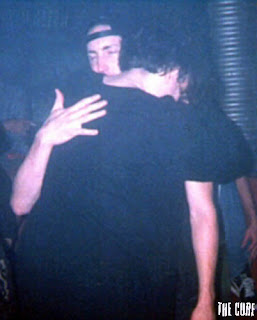
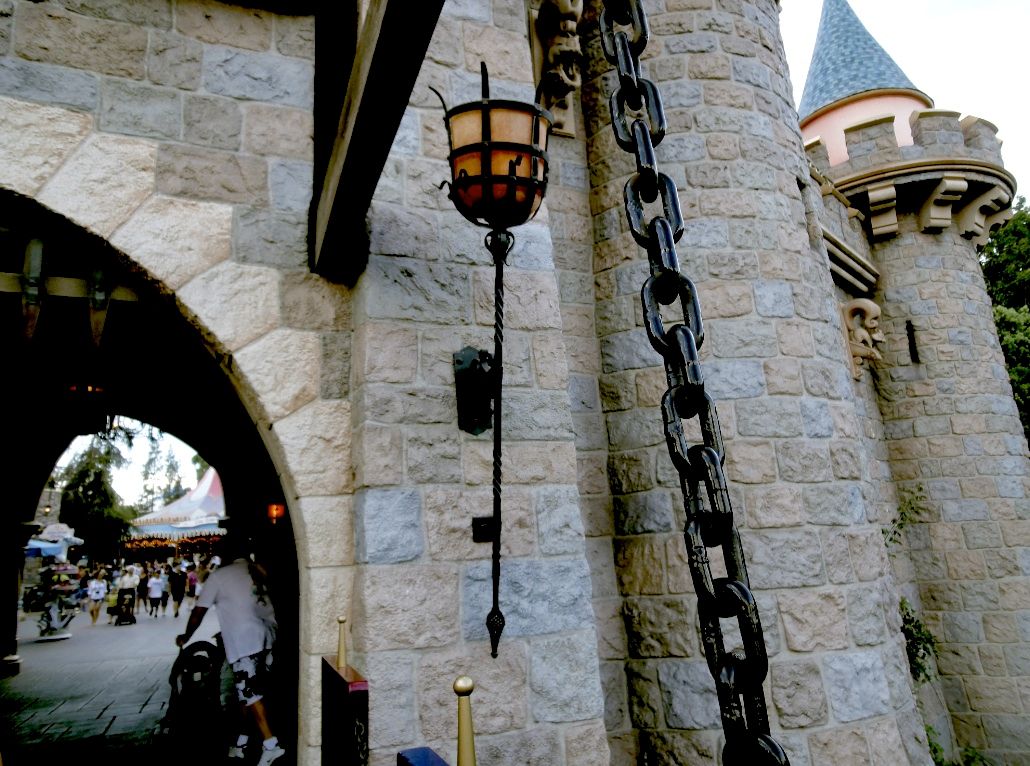
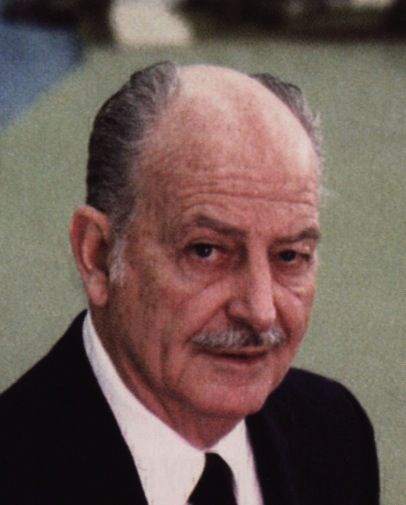


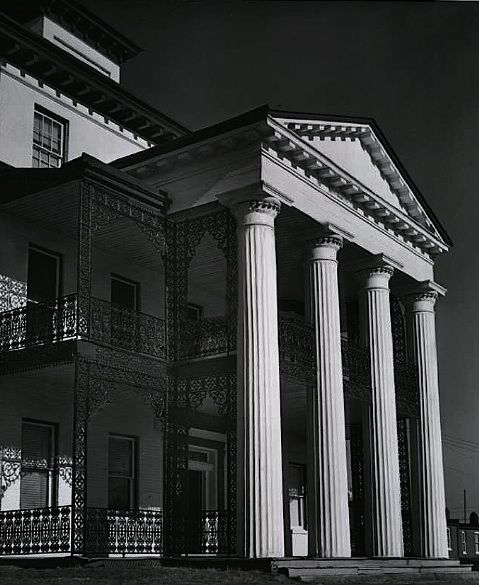
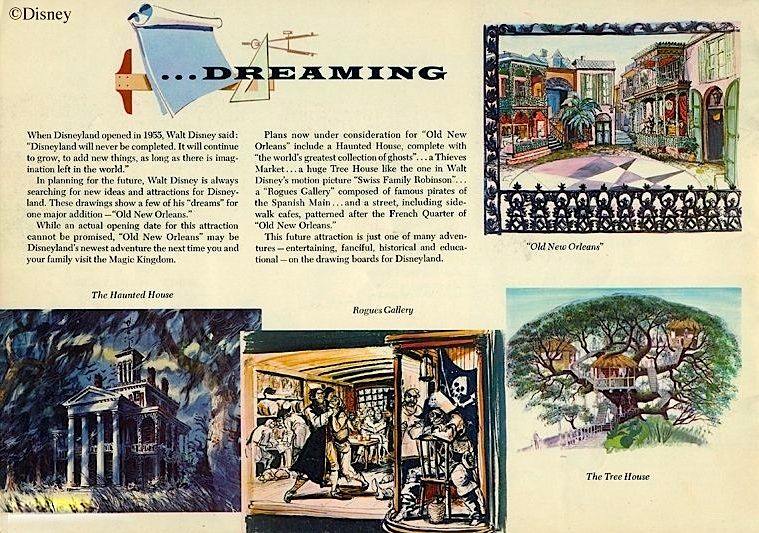
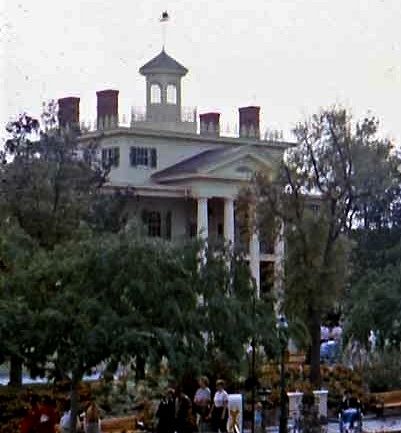
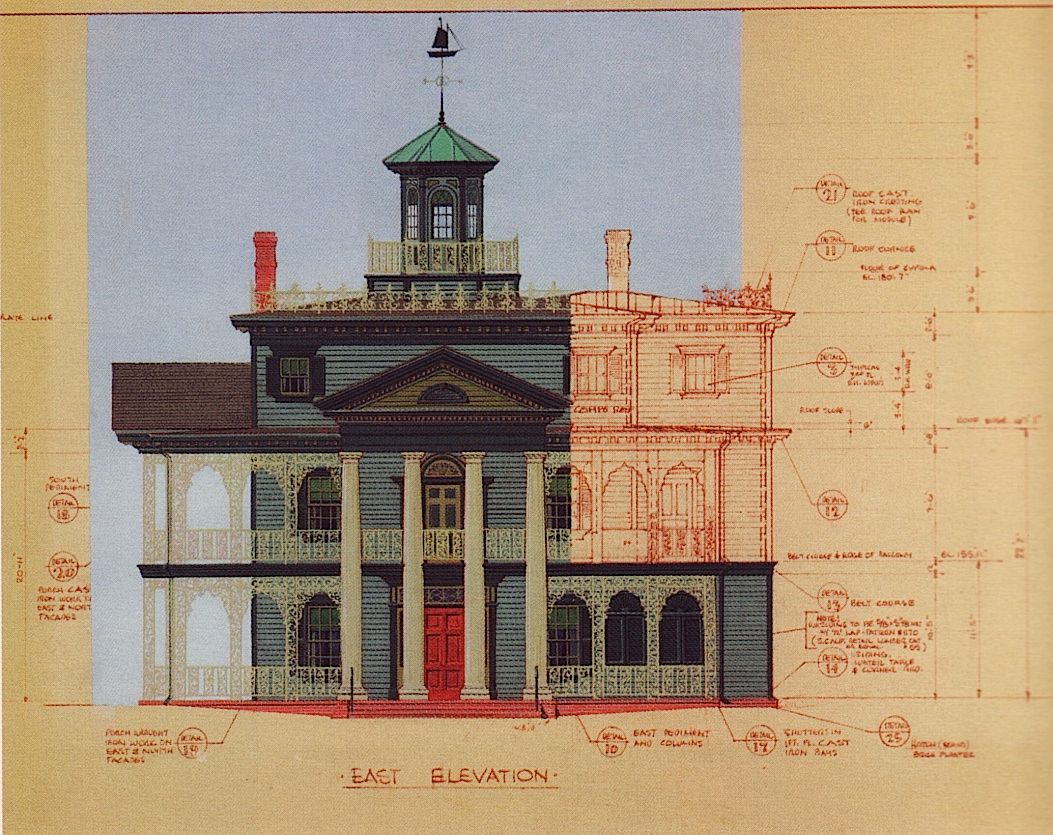

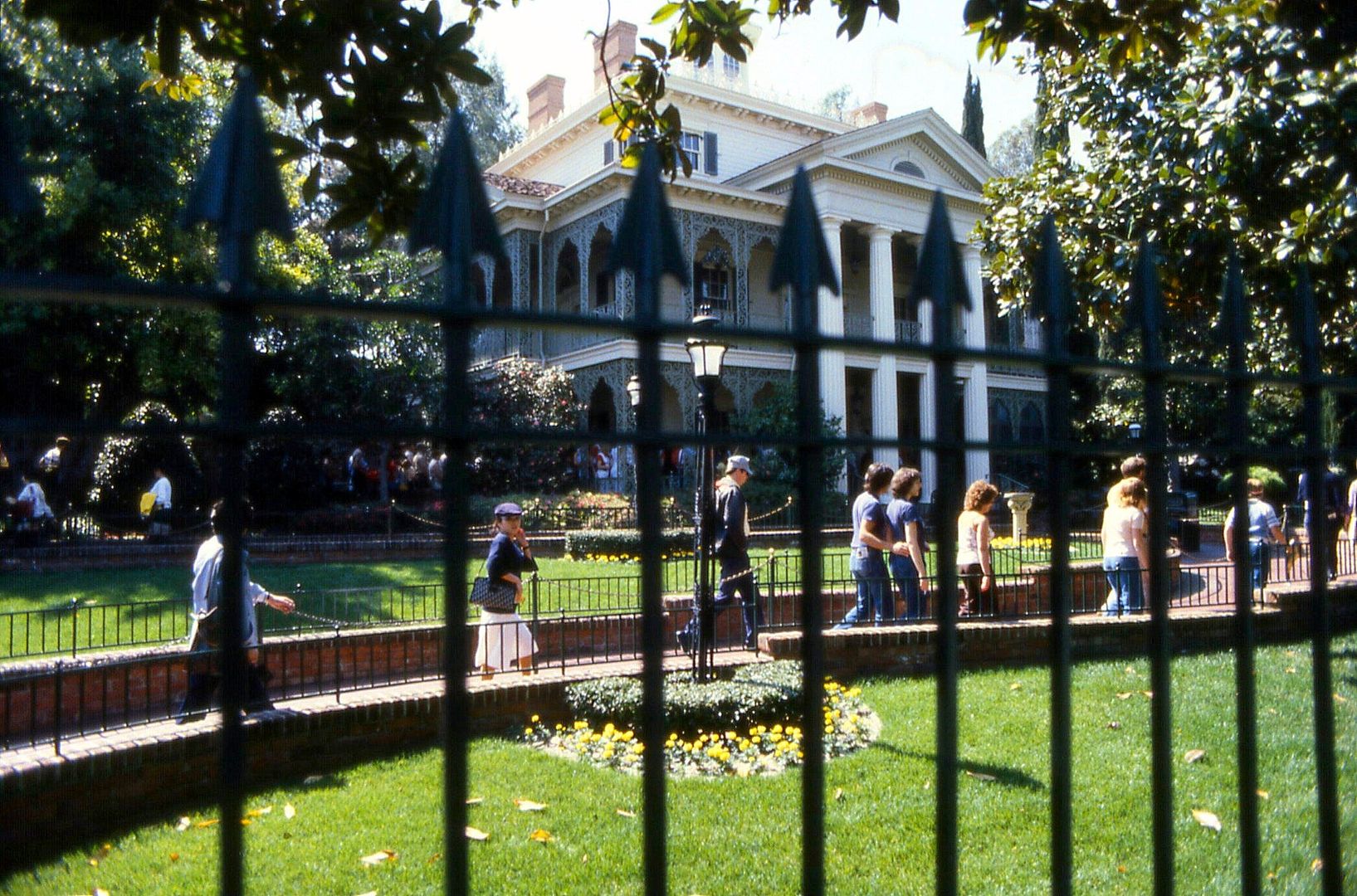

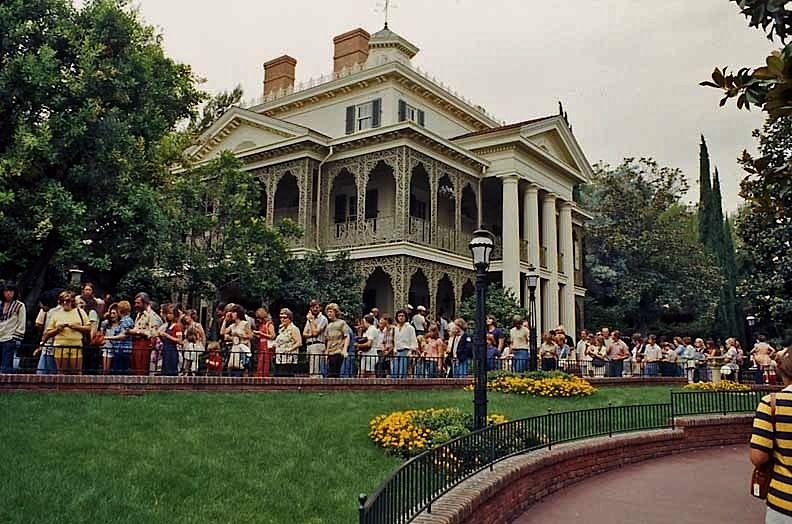

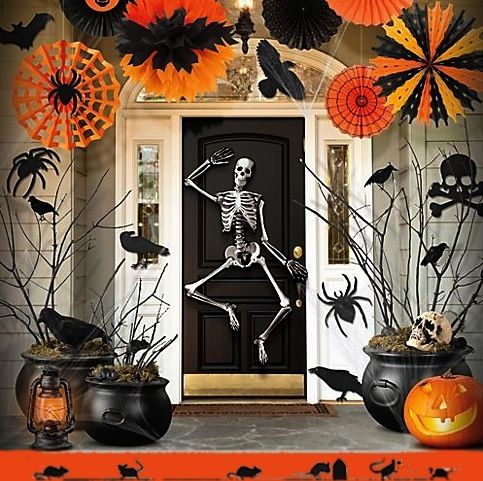


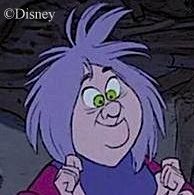

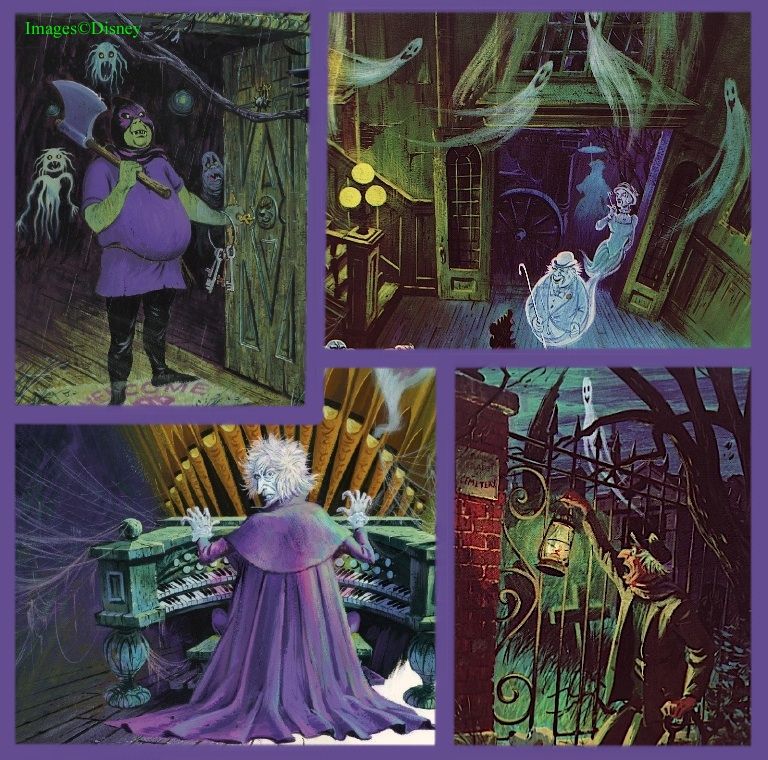
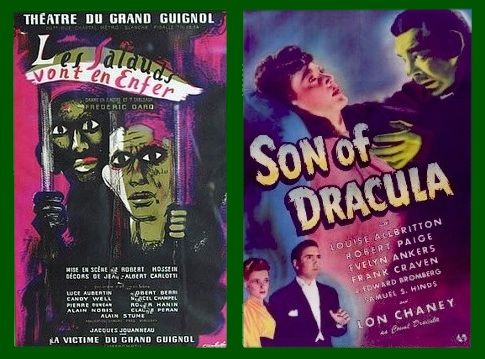
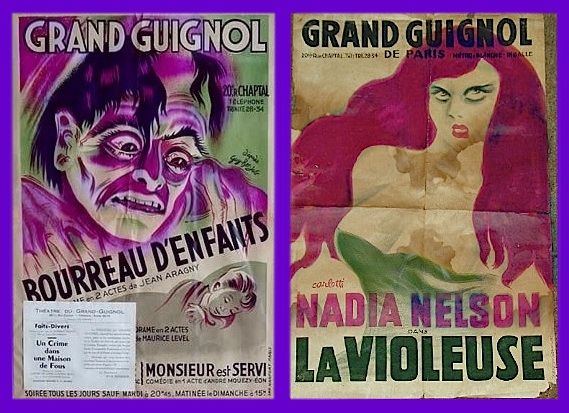

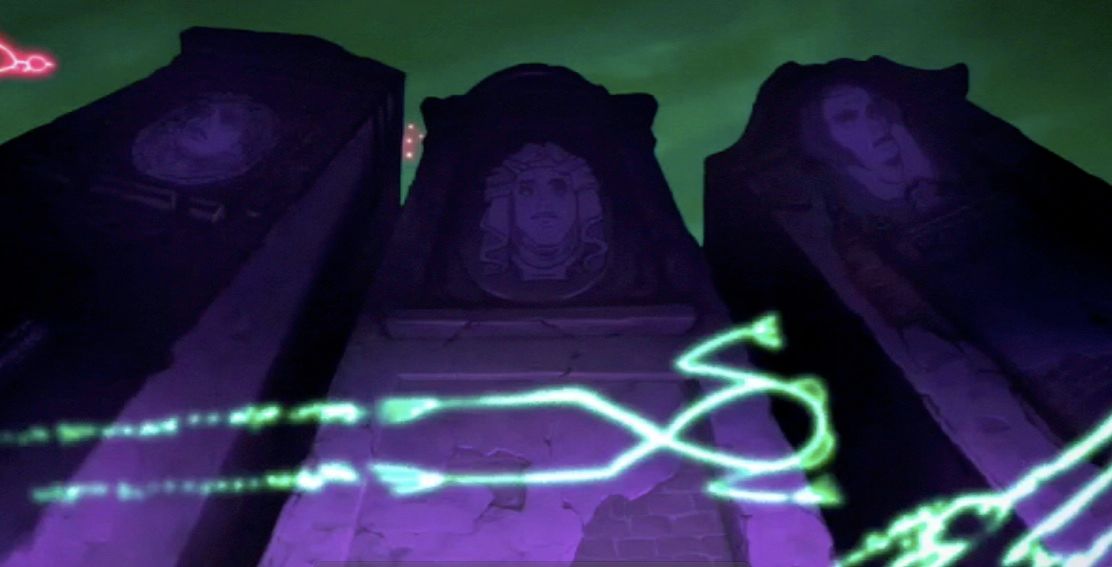

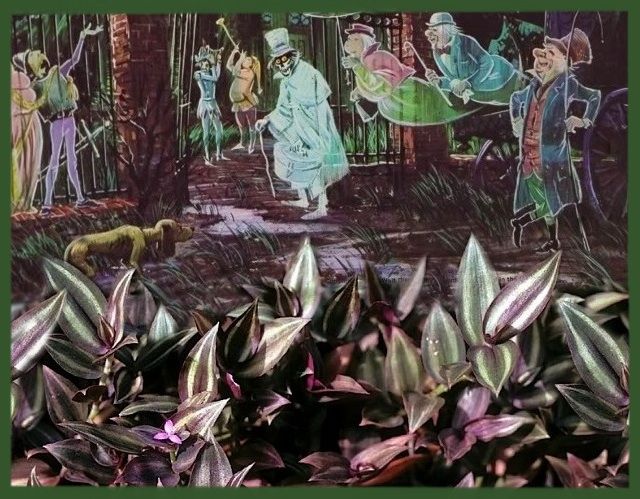



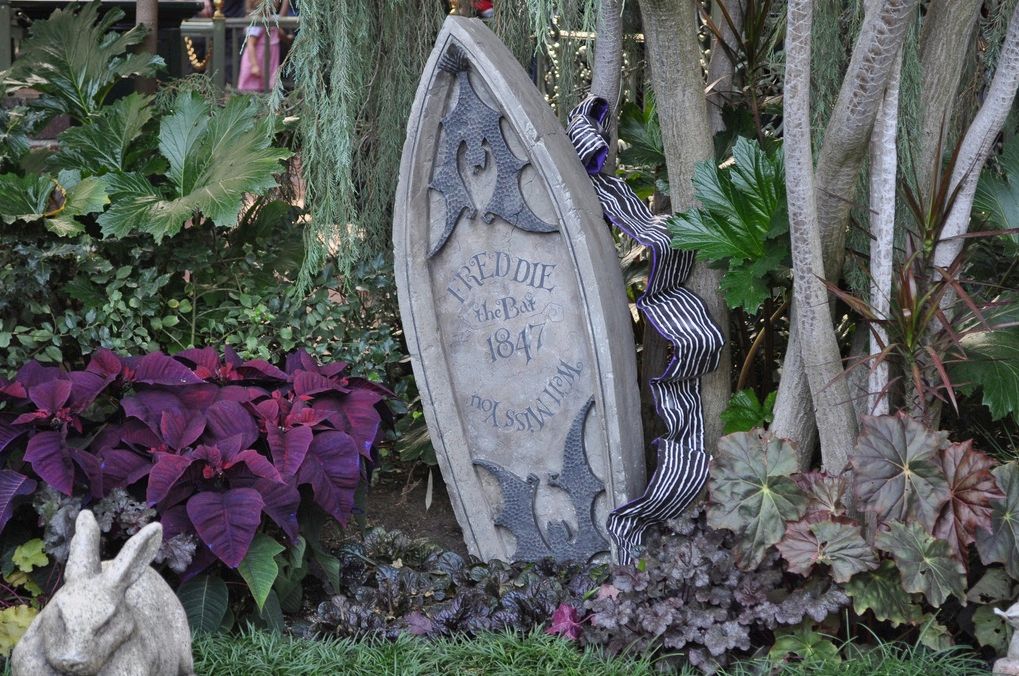




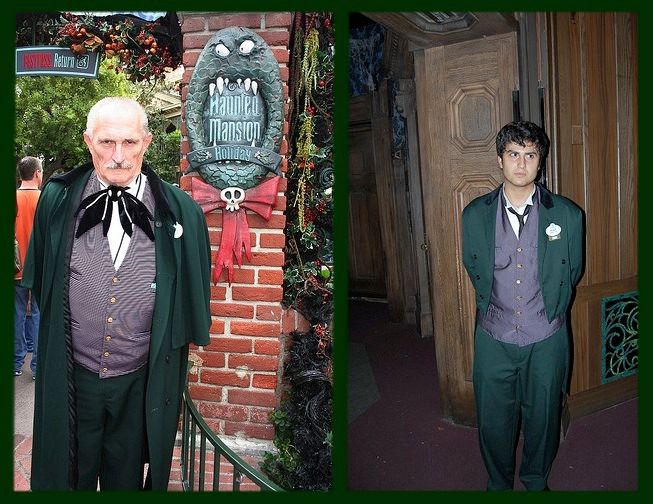
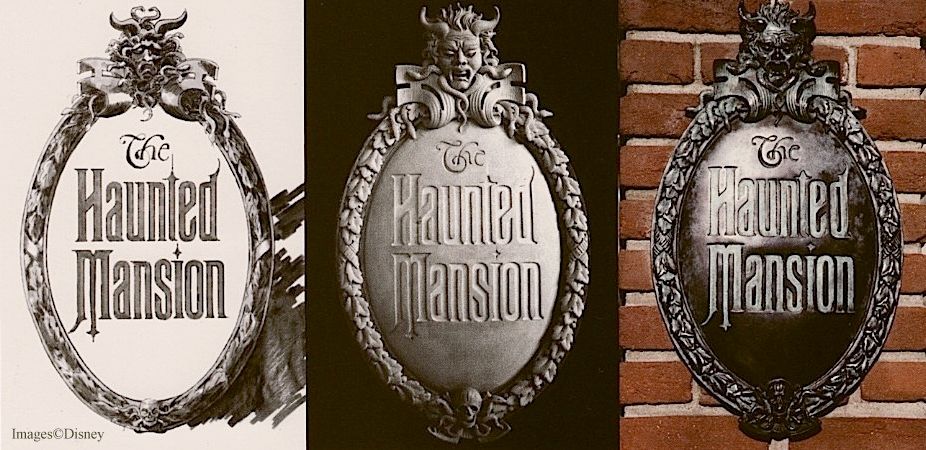

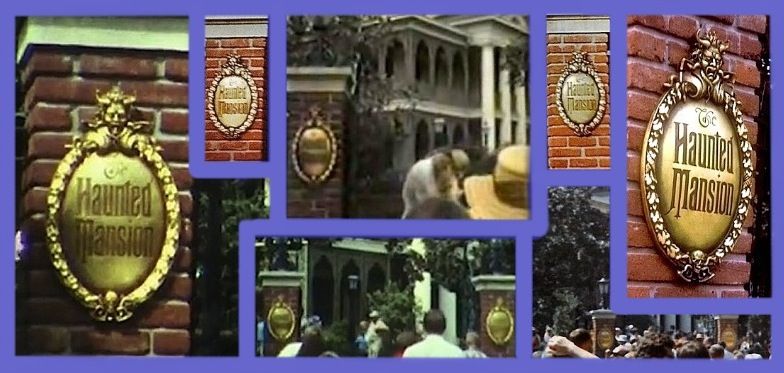
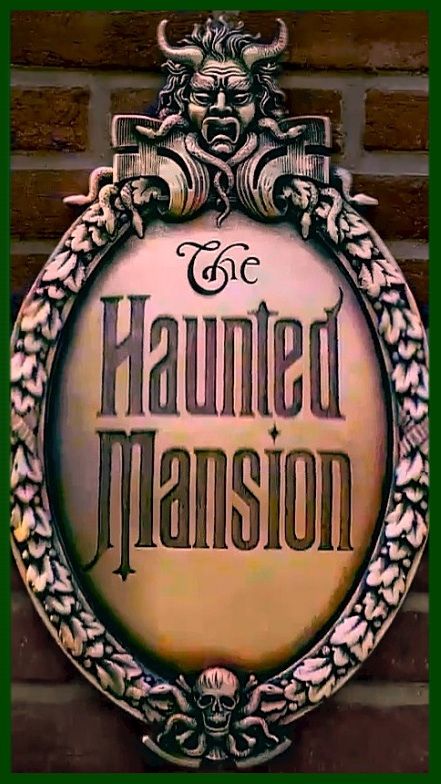
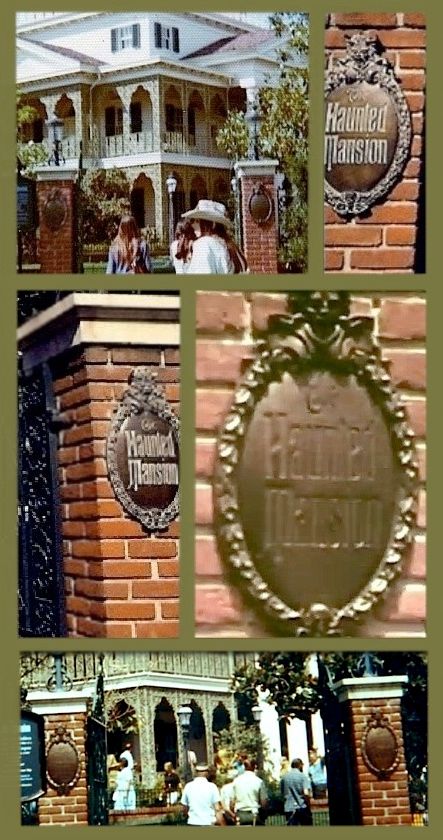
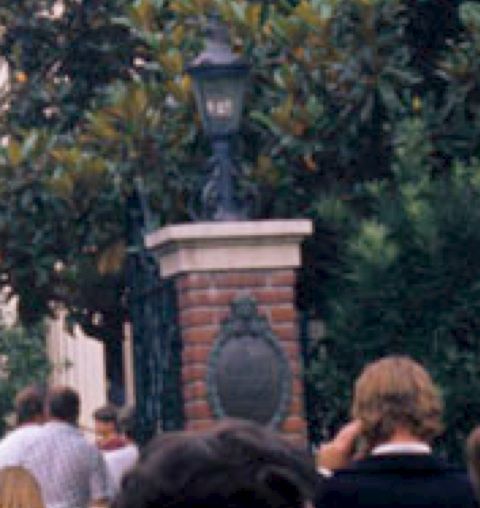
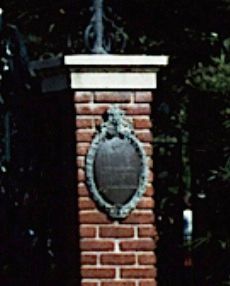


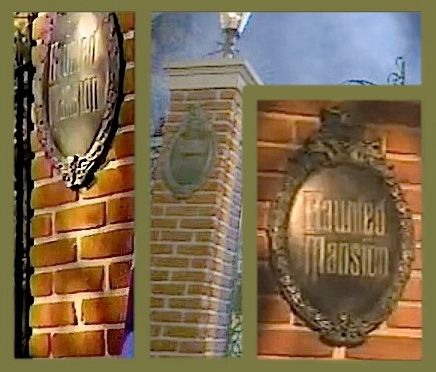
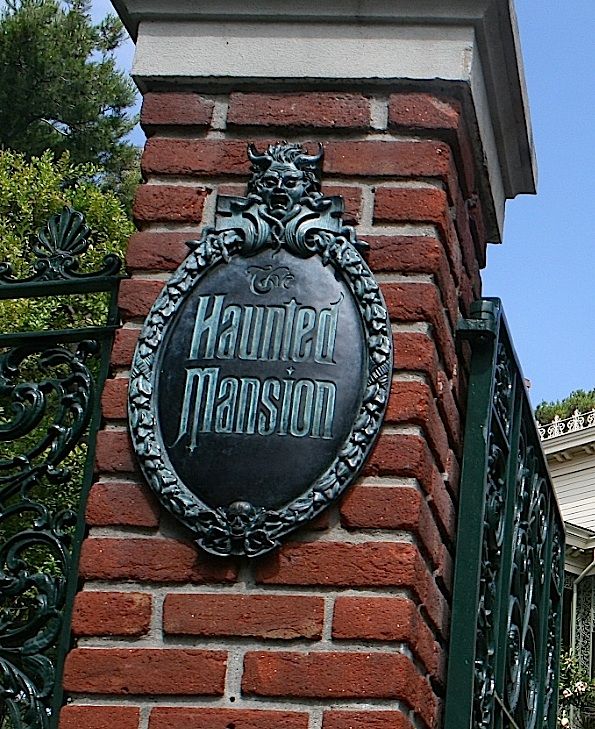
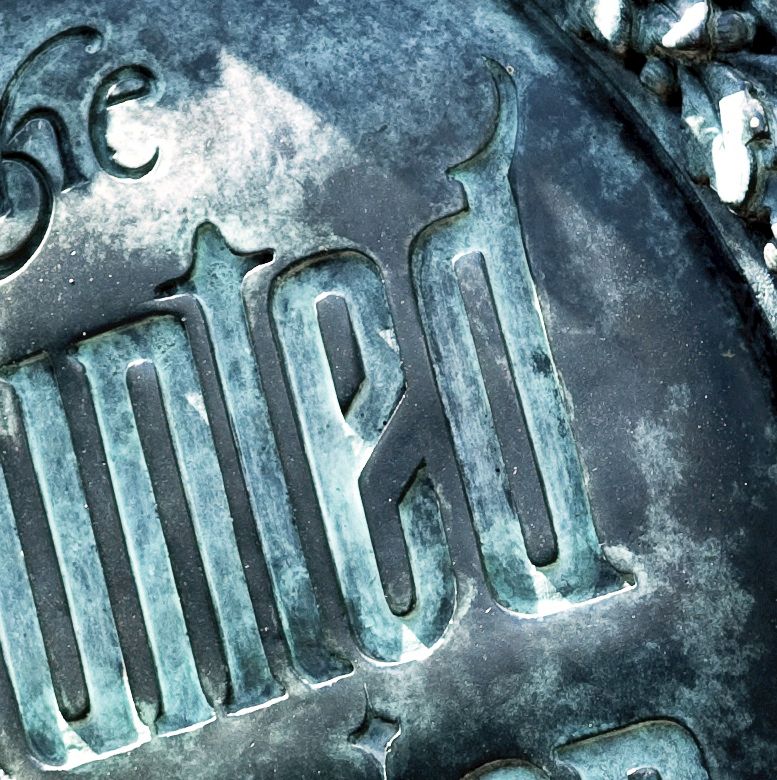
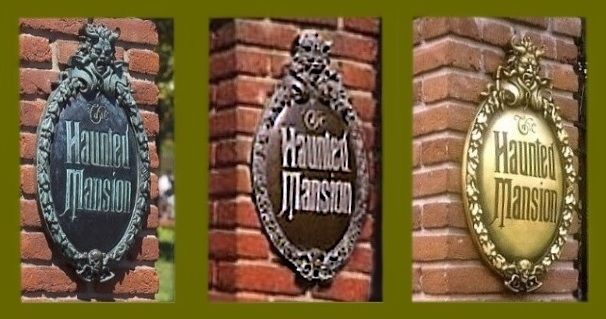


.jpg)